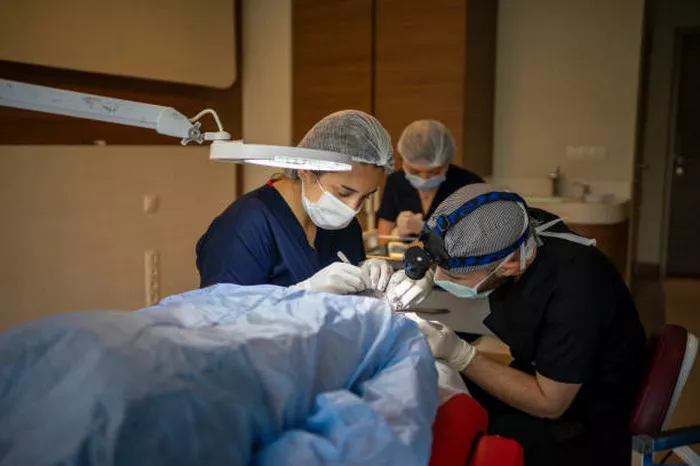Hair transplants are a popular solution for hair loss, but the journey to fuller hair involves a few stages, including shedding. If you’ve recently had a hair transplant or are considering one, you might wonder: When does shedding start after a hair transplant? In this article, we’ll explore everything you need to know about post-transplant shedding, the reasons behind it, and how to care for your scalp during this phase.
Understanding the Hair Transplant Process
Before diving into shedding, it’s essential to understand how a hair transplant works. During the procedure, hair follicles are taken from a donor area (usually the back or sides of the scalp) and transplanted to the thinning or balding areas. These follicles are carefully placed to ensure natural-looking results.
There are two main types of hair transplant procedures:
Follicular Unit Transplantation (FUT): A strip of skin with hair follicles is removed and dissected into individual grafts.
Follicular Unit Extraction (FUE): Individual hair follicles are extracted directly from the donor area.
Both methods involve transplanting healthy hair follicles to areas where hair growth is needed.
The Hair Growth Cycle: What Happens After a Transplant?
To understand shedding, you need to know about the hair growth cycle.
Hair grows in three main phases:
Anagen (Growth Phase): Hair actively grows for 2–7 years.
Catagen (Transition Phase): Growth stops, and the hair follicle shrinks. This lasts about 2–3 weeks.
Telogen (Resting Phase): Hair rests for 2–3 months before shedding and being replaced by new hair.
After a hair transplant, the transplanted follicles enter a resting phase before starting to grow again. This is why shedding occurs.
When Does Shedding Start After a Hair Transplant?
Shedding typically begins 2–4 weeks after the procedure. This is a normal part of the healing process and is often referred to as “shock loss.” The transplanted hairs fall out, but the follicles remain intact beneath the scalp.
Why Does Shedding Happen?
Shedding occurs because the transplanted hair follicles undergo trauma during the procedure. This trauma forces the hairs into the telogen (resting) phase, causing them to shed. It’s a temporary phase and does not mean the transplant has failed.
How Long Does Shedding Last?
Shedding usually lasts for a few weeks, and most patients notice that all the transplanted hairs have shed by the end of the first month. However, this timeline can vary depending on individual factors such as healing speed, scalp condition, and aftercare.
What to Expect After Shedding
After the shedding phase, the transplanted follicles remain dormant for a few months. New hair growth typically begins around the 3–4 month mark. By 6–9 months, patients usually see significant growth, with full results visible after 12–18 months.
How to Care for Your Scalp During Shedding
Proper aftercare is crucial to ensure the best results.
Here are some tips:
Follow Your Surgeon’s Instructions: Use prescribed medications and avoid touching or scratching the scalp.
Keep the Scalp Clean: Gently wash your scalp as advised to prevent infection.
Avoid Sun Exposure: Protect your scalp from the sun to prevent irritation.
Be Patient: Shedding is temporary, and new growth will follow.
When to Be Concerned About Shedding
While shedding is normal, excessive or prolonged shedding could indicate an issue.
Contact your surgeon if you notice:
- Severe redness or swelling.
- Pus or signs of infection.
- No new hair growth after 6 months.
Conclusion
Shedding after a hair transplant is a natural and temporary phase in the journey to fuller hair. By understanding the process and following proper aftercare, you can ensure the best possible results. Remember, patience is key, and the final outcome will be worth the wait.
Related topic:

